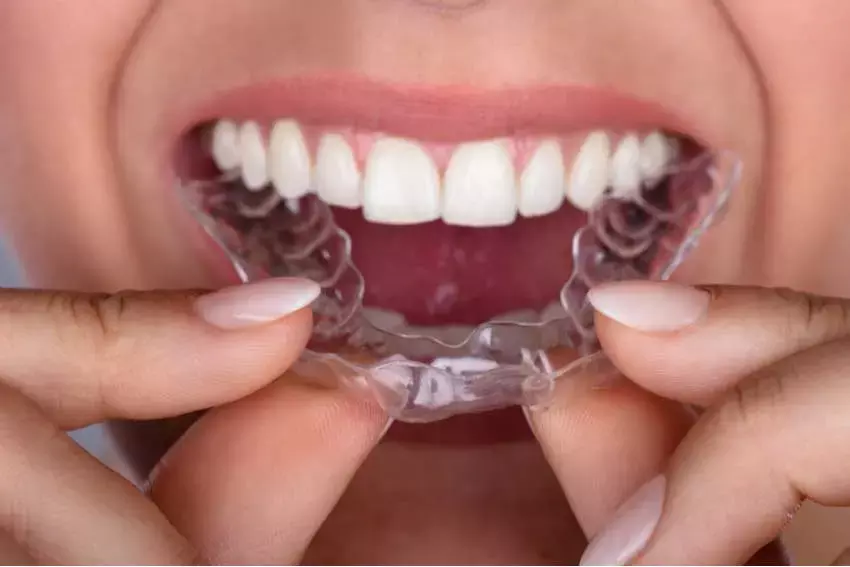- Home
- Medical news & Guidelines
- Anesthesiology
- Cardiology and CTVS
- Critical Care
- Dentistry
- Dermatology
- Diabetes and Endocrinology
- ENT
- Gastroenterology
- Medicine
- Nephrology
- Neurology
- Obstretics-Gynaecology
- Oncology
- Ophthalmology
- Orthopaedics
- Pediatrics-Neonatology
- Psychiatry
- Pulmonology
- Radiology
- Surgery
- Urology
- Laboratory Medicine
- Diet
- Nursing
- Paramedical
- Physiotherapy
- Health news
- Fact Check
- Bone Health Fact Check
- Brain Health Fact Check
- Cancer Related Fact Check
- Child Care Fact Check
- Dental and oral health fact check
- Diabetes and metabolic health fact check
- Diet and Nutrition Fact Check
- Eye and ENT Care Fact Check
- Fitness fact check
- Gut health fact check
- Heart health fact check
- Kidney health fact check
- Medical education fact check
- Men's health fact check
- Respiratory fact check
- Skin and hair care fact check
- Vaccine and Immunization fact check
- Women's health fact check
- AYUSH
- State News
- Andaman and Nicobar Islands
- Andhra Pradesh
- Arunachal Pradesh
- Assam
- Bihar
- Chandigarh
- Chattisgarh
- Dadra and Nagar Haveli
- Daman and Diu
- Delhi
- Goa
- Gujarat
- Haryana
- Himachal Pradesh
- Jammu & Kashmir
- Jharkhand
- Karnataka
- Kerala
- Ladakh
- Lakshadweep
- Madhya Pradesh
- Maharashtra
- Manipur
- Meghalaya
- Mizoram
- Nagaland
- Odisha
- Puducherry
- Punjab
- Rajasthan
- Sikkim
- Tamil Nadu
- Telangana
- Tripura
- Uttar Pradesh
- Uttrakhand
- West Bengal
- Medical Education
- Industry
Increased Surface roughness and porosity of Directly printed aligners after 1 week of intraoral usage increases infection risk

Orthodontic clear aligners have revolutionized the field of orthodontics. The ability to provide patients with a discreet and convenient option for straightening their teeth has made clear aligners increasingly popular. However, a new study has highlighted the potential issues associated with directly printed aligners (DPAs) when it comes to their surface quality after intraoral usage. DPAs, which are directly printed, demonstrated increased surface roughness and porosity after only one week of intraoral usage.
This study was published in American Journal Of Orthodontics and Dentofacial Orthopaedics by Sara Eslami and colleagues. The study investigated the effects of one week of intraoral usage on the surface roughness of DPAs and compared them with commercially produced Invisalign aligners.
The research consisted of four groups, with 34 samples in each group. Two groups represented unused control aligners (DP-Ctr and INV-Ctr), while the other two groups included patients currently using DPAs (DP-Clin) and Invisalign aligners (INV-Clin). After one week of intraoral usage, samples were taken from the buccal surface of the maxillary right central incisor on each aligner.
The analysis of the samples revealed significant differences between DPAs and Invisalign aligners. One week of intraoral usage led to a noteworthy increase in surface roughness and porosity of DPAs. This may raise concerns as increased surface roughness and porosity can potentially promote bacterial adhesion and biofilm formation within the aligners.
In contrast, Invisalign aligners showed a significant reduction in surface roughness and porosity parameters after intraoral use, which is generally considered a positive outcome, as smoother surfaces are less conducive to bacterial adhesion.
This study has important implications for orthodontic treatment, particularly regarding the choice of clear aligners. This could potentially lead to an elevated risk of bacterial adhesion and biofilm formation within the aligners, which is a significant concern for patients' oral health. In contrast, commercially produced Invisalign aligners showed improved surface quality following intraoral service, which may be seen as a more favorable outcome.
Orthodontists and patients may need to consider these findings when selecting the type of clear aligners to use in their treatment plans. Ensuring the best possible surface quality and minimizing bacterial adhesion should be a priority in orthodontic care.
Reference:
Eslami, S., Kopp, S., Goteni, M., Dahmer, I., & Sayahpour, B. Alterations in the surface roughness and porosity parameters of directly printed and Invisalign aligners after 1 week of intraoral usage: An in vivo prospective investigation. American Journal of Orthodontics and Dentofacial Orthopedics: Official Publication of the American Association of Orthodontists, Its Constituent Societies, and the American Board of Orthodontics,2023. https://doi.org/10.1016/j.ajodo.2023.07.013
Dr Riya Dave has completed dentistry from Gujarat University in 2022. She is a dentist and accomplished medical and scientific writer known for her commitment to bridging the gap between clinical expertise and accessible healthcare information. She has been actively involved in writing blogs related to health and wellness.
Dr Kamal Kant Kohli-MBBS, DTCD- a chest specialist with more than 30 years of practice and a flair for writing clinical articles, Dr Kamal Kant Kohli joined Medical Dialogues as a Chief Editor of Medical News. Besides writing articles, as an editor, he proofreads and verifies all the medical content published on Medical Dialogues including those coming from journals, studies,medical conferences,guidelines etc. Email: drkohli@medicaldialogues.in. Contact no. 011-43720751


